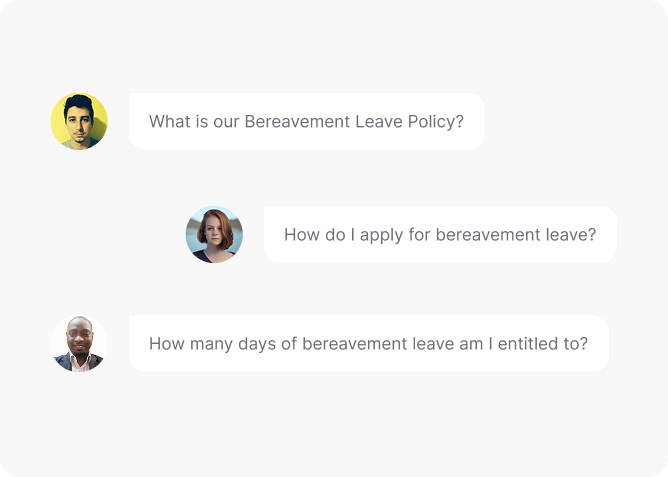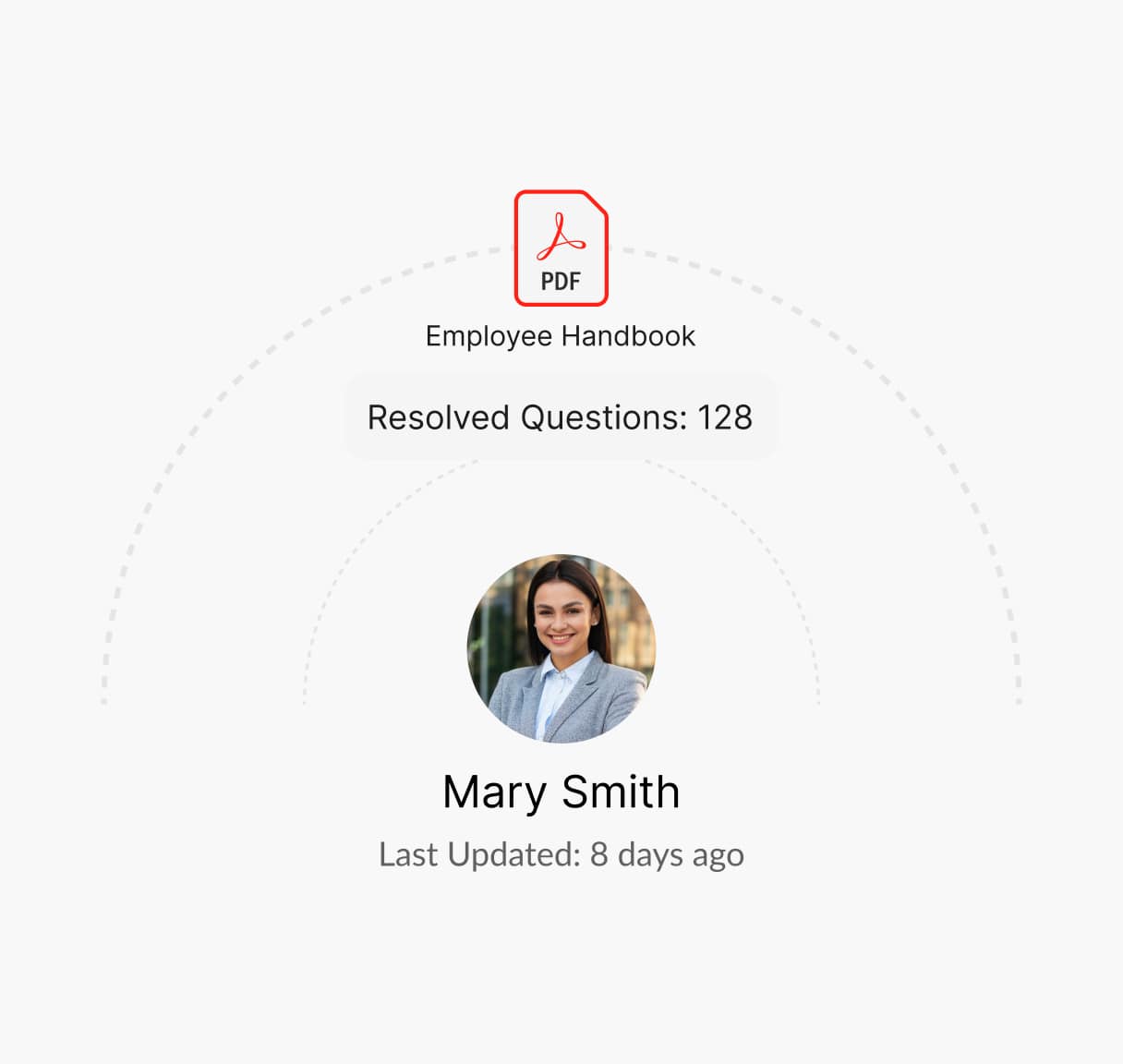Everything You Need to Know About Bereavement Leave Policy
Supporting employees during difficult times is essential for a compassionate workplace. A Bereavement Leave Policy provides clear guidelines on leave entitlements, eligibility, and documentation requirements, ensuring employees can take necessary time off while maintaining operational continuity.

What is a Bereavement Leave Policy?
A Bereavement Leave Policy is an HR document that defines the leave entitlements and procedures for employees who experience the loss of a loved one. It specifies the duration of leave, eligibility criteria, and required documentation while ensuring employees receive the necessary time off to grieve.
A compassionate bereavement leave policy supports employees during difficult times, promotes well-being, and ensures fair and consistent leave practices across the organization.
Guidelines for Creating a Bereavement Leave Policy
A well-structured bereavement leave policy provides employees with the necessary time to grieve while ensuring clarity and consistency. Here are some guidelines to consider:
Define Leave Entitlements
Specify the number of paid and unpaid leave days based on the relationship type (e.g., immediate vs. extended family).
Clarify Eligibility Requirements
Outline who qualifies for bereavement leave, including full-time, part-time, and contract employees.
Establish Notification Procedures
Set clear guidelines on how employees should request leave and the timeline for informing HR or managers.
Address Documentation Needs
Determine if employees need to provide any verification (e.g., obituary, death certificate) or if a self-declaration suffices.
Include Flexible Options
Offer additional leave options, such as extended unpaid leave or the use of PTO, to accommodate different grieving needs.
Provide Support Resources
Ensure access to grief counseling, Employee Assistance Programs (EAPs), and mental health support services.”
What is Covered in a Bereavement Leave Policy?
An effective Bereavement Leave Policy should include the following:
Eligible Relationships
Define which family members qualify for bereavement leave (e.g., spouse, parents, siblings, extended family).
Leave Duration & Entitlement
Specify the number of paid and unpaid leave days based on the relationship type.
Notification & Documentation Requirements
Outline how employees should notify HR and whether any documentation is required.
Flexibility & Additional Leave
Allow employees to request extended leave using PTO, unpaid leave, or flexible scheduling.
Grief Support & Counseling Services
Provide access to Employee Assistance Programs (EAPs) or mental health resources.
Cultural & Religious Considerations
Ensure inclusivity by accommodating different mourning traditions and observances.
Remote & Hybrid Work Considerations
Address flexibility for remote employees navigating bereavement while maintaining work commitments.”
Need help creating a Bereavement Leave Policy?
How Winslow helps HR teams save time on responding to Bereavement Leave Policy?
Managing bereavement leave inquiries can be time-consuming, but Winslow, your AI-powered HR assistant, simplifies the process:

Instant answers anytime
Winslow makes your Bereavement Leave Policy easily accessible via Slack, Teams, or email. Employees can instantly check eligibility, leave duration, required documentation, and support resources—helping HR handle sensitive situations with clarity and empathy.
Personalized Support
Winslow instantly answers employee questions, including those about your Employee Privacy Policy, ensuring clarity on workplace surveillance, personal data protection, and confidentiality guidelines.


Analytics and Insights
Winslow tracks policy-related queries, helping HR teams identify trends and common concerns. This data enables organizations to refine their policy, improve reporting channels, and address recurring issues proactively.
Enhance Workplace Privacy and Transparency with Winslow
A well-defined employee privacy policy builds trust and compliance. With Winslow, you can simplify policy communication, reduce HR workload, and enhance the employee experience.
Frequently asked questions
Have further questions about Winslow, contact us at sales@usewinslow.com
Who qualifies for bereavement leave?
Full-time and part-time employees are eligible for bereavement leave in the event of the death of an immediate family member (e.g., parent, spouse, child, sibling).
How many days of bereavement leave are provided?
The company offers [X] days of paid leave for immediate family members and [X] days for extended family. Additional unpaid leave may be considered on a case-by-case basis.
What documentation is required for bereavement leave?
Employees may need to provide an obituary, funeral program, or other supporting documents upon request by HR.
Can bereavement leave be extended?
Employees may request additional unpaid leave or use PTO if more time off is needed, subject to managerial approval.
Does bereavement leave apply to non-family members?
Some companies allow bereavement leave for close friends or significant others at the discretion of management. Employees should discuss their situation with HR.
Additional resources
Device Usage Policy
Managing employee leave effectively is vital for maintaining workforce productivity and compliance....
Learn moreconfidentiality policy
Protecting sensitive information is crucial. A clear Confidentiality Policy outlines guidelines for...
Learn moreclaim reimbursement
Ensuring fair compensation for expenses is key. A clear Claim Reimbursement Policy...
Learn more




